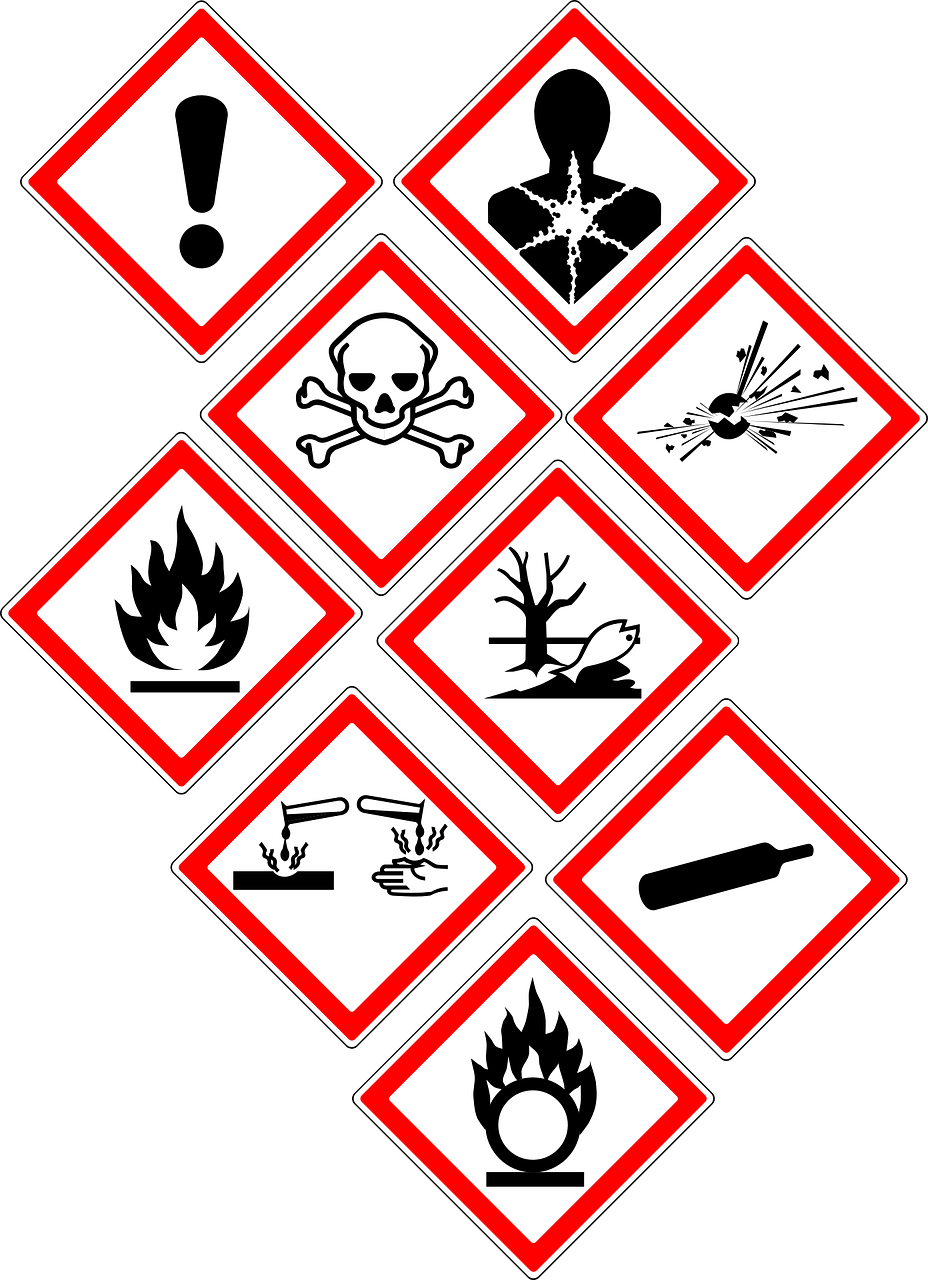Maintaining Safety Compliance Regarding HAZMAT Requirements
Maintaining Safety Compliance Regarding HAZMAT Changes
The Federal Motor Carrier Safety Administration (FMCSA) continuously makes changes to the Compliance, Safety, Accountability (CSA) program. One such change to safety compliance came with the release of the Safety Measurement System (SMS).
As part of this release, the FMCSA refined the criteria for hazardous material thresholds. After listening to the input of industry and enforcement professionals and carefully monitoring motor carriers transporting hazardous materials, the FMCSA made changes in the hopes of more accurately identifying those motor carriers that transport placardable quantities of hazardous materials.
These changes are meant to improve overall road safety and ensure enforcement resources are used as efficiently as possible. So, what do these changes mean for the transportation industry?
CSA Background
The SMS was released to evaluate the safety performance of motor carriers over a 24-month period using seven Behavior Analysis and Safety Improvement Categories (BASICS). The information is based on inspections and investigations. These seven BASICS include:
- Unsafe Driving
- Fatigued Driving (including Hours-of-Service)
- Driver Fitness
- Controlled Substances/Alcohol
- Vehicle Maintenance
- Cargo-Related/HAZMAT
- Crash Indicator
The FMCSA updates the percentiles for the BASICS each month. If a company’s BASIC percentiles go above FMCSA safety compliance thresholds, they will be prioritized for an FMCSA investigation.
These thresholds affect companies that transport hazardous materials more than other carriers, especially those that transport placardable quantities of these materials. This is due to the higher safety risk to the public that’s involved with transporting hazardous materials.
What are the HAZMAT Changes?
The hazardous material intervention threshold was based on the registration information from motor carriers that indicated they transported hazardous materials. The problem with this system is that it inaccurately classified some carriers.
Some companies that were not carrying placardable quantities of hazardous materials were being subject to the regulations. On the other side, some companies that did meet the threshold requirements were not being subjected to the regulations they should have been.
The classification process is now based on operational evidence. This evidence is based on one of three criteria:
- An inspection in a 24-month period that identified the carrier as possessing a placardable quantity of hazardous materials,
- A review of safety audit in a 24-month period that identified the carrier as carrying a placardable quantity, or
- The motor carrier has a hazardous material permit
This makes the classification more centralized, to avoid further discrepancies.
How Can You Determine Your Status?
If a motor carrier is unsure about their hazardous material status, they can find this information on the SMS website. To access the records:
- Enter the company U.S. DOT or MC number
- Scroll to the registration information
- View “Subject to Placardable Hazardous Material Threshold” and you will see “yes” or “no”
- If the answer is “yes,” you can click on the link to discover why
You can also check out your CSA data to check for accuracy.
Improve Your Safety Performance
One of the best ways to ensure your drivers are maintaining safety compliance is to provide a consistent, ongoing safety training program. It can be difficult to get everyone together to complete training in-person.
With Infinit-I Workforce Solutions, you can provide safety training on CSA BASICS, common issues, or any other safety topics that are important to your company without disrupting driver schedules. Infinit-I offers an online training option so drivers can complete assignments at their convenience.
Set up training, and let the system take care of the rest. To see how easy Infinit-I is to use, request a demo today.




